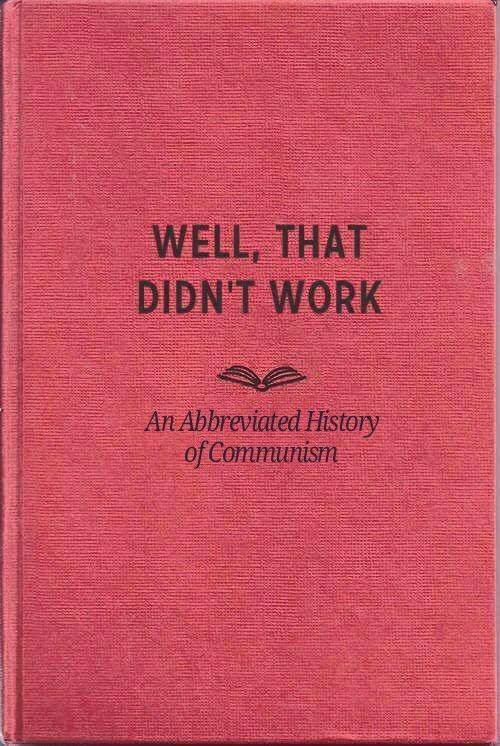 |
On the Left, the 1932 flag of the paramilitary wing of the Communist Party of Germany. On the Right, the present day flag of the paramilitary wing of the Democratic Party of America.Everything theses Alt-Left thugs use today is exactly the same as back then. Their logo, weaponized words, double standards and lack of logic. It’s all from Germany 85 years ago. They call everyone Nazis because that is who their opposition in Germany was. Antifa prefaced The National Socialist German Workers’ Party and empowered them. Without Antifa’s violence the Nazi party would have never won anything. Antifaschistische AktionThe first German movement to call itself Antifaschistische Aktion was proclaimed by the German Communist Party (KPD) in their newspaper Rote Fahne in 1932 and held its first rally in Berlin on 10 July 1932, then capital of the Weimar Republic. During the early 1930s amidst rising tensions between Nazis and the communists, Berlin in particular has been the site of regular and often very violent clashes between the two groups. In May 1932, the communist paramilitary organisation Rotfrontkämpferbund had been banned and, following a skirmish between Nazi and communist members in the parliament, the Antifaschistische Aktion was founded to ensure that the communists had still a militant wing to rival the paramilitary organisations of the Nazis. After the forced dissolution in the wake of the Machtergreifung in 1933, the movement was revived during the 1980s. One of the biggest antifascist campaigns in Germany in recent years was the, ultimately successful, effort to block the annual Nazi-rallies in the east German city of Dresden in Saxony, which had grown into “Europe’s biggest gathering of Nazis”. In October 2016, the Antifa in Dresden campaigned on the occasion of the anniversary of the reunification of Germany on 3 October for “turning Unity celebrations into a disaster” (“Einheitsfeierlichkeiten zum Desaster machen”), to protest this display of new German nationalism, whilst explicitly not ruling out the use of violence.
The picture below is from the leftist run Wikipedia. This is the description under the picture on Wikipedia:
|
Although the use of toxic chemicals as weapons dates back thousands of years, the first large scale use of chemical weapons was during World War I. They were primarily used to demoralize, injure, and kill entrenched defenders, against whom the indiscriminate and generally very slow-moving or static nature of gas clouds would be most effective. The types of weapons employed ranged from disabling chemicals, such as tear gas, to lethal agents like phosgene, chlorine, and mustard gas. This chemical warfare was a major component of the first global war and first total war of the 20th century. The killing capacity of gas was limited, with only about 90 thousand fatalities from a total of some 1.2 million casualties caused by gas attacks. Gas was unlike most other weapons of the period because it was possible to develop effective countermeasures, such as gas masks. In the later stages of the war, as the use of gas increased, its overall effectiveness diminished. The widespread use of these agents of chemical warfare, and wartime advances in the composition of high explosives, gave rise to an occasionally expressed view of World War I as “the chemist’s war” and also the era where “weapons of mass destruction” were created.
The use of poison gas performed by all major belligerents throughout World War I constituted war crimes as its use violated the 1899 Hague Declaration Concerning Asphyxiating Gases and the 1907 Hague Convention on Land Warfare, which prohibited the use of “poison or poisoned weapons” in warfare.